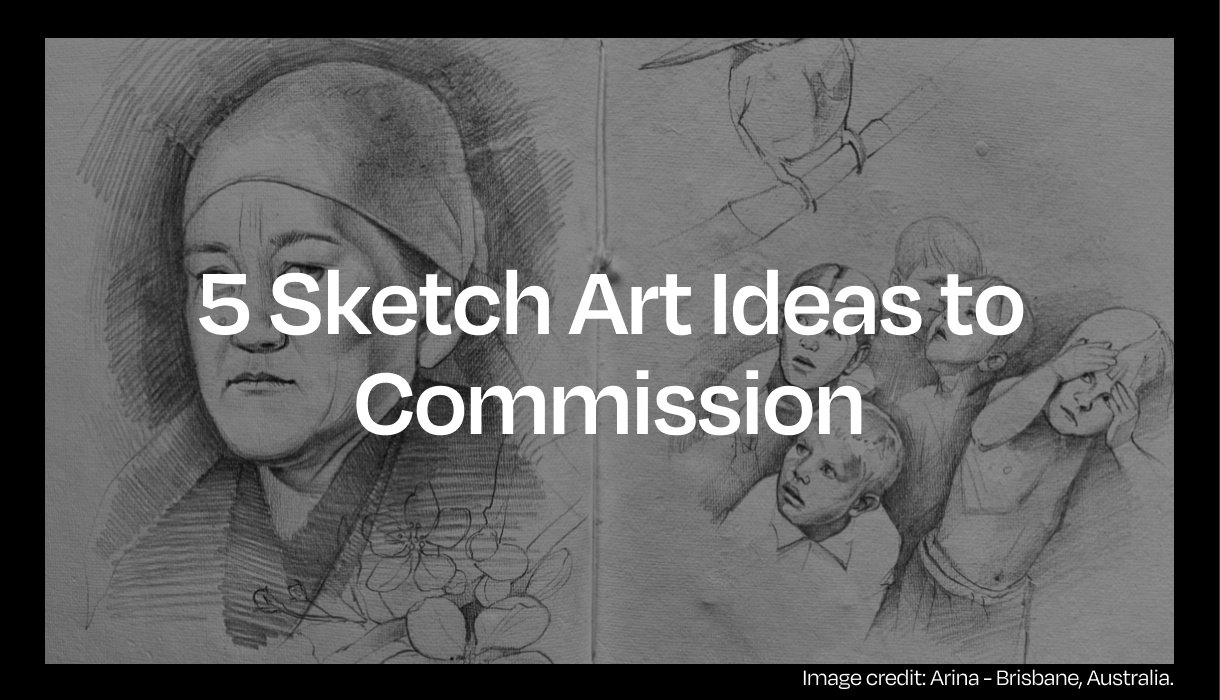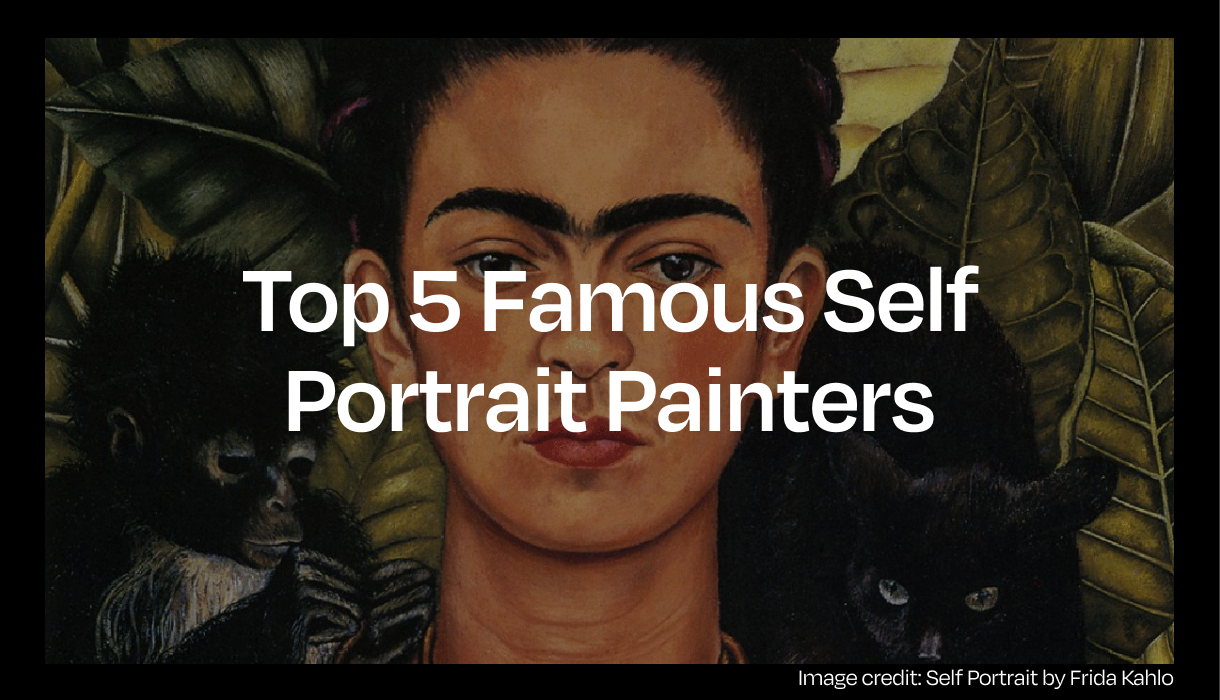
The Most Famous Self Portrait Painters of All Time
What is a self-portrait?
A self-portrait is a work of art that depicts the artist’s likeness painted by the artist themselves. It is a representation of the artist’s physical appearance, personality, and perhaps even their innermost thoughts and emotions. Self-portrait painters offer an intimate glimpse into the their own life and personality.
Self-portraits can vary in style and medium, from highly realistic depictions to abstract interpretations. They can also vary in purpose, with some artists creating self-portraits as a form of self-expression, while others use them to experiment with new techniques or explore different aspects of their identity. Self-portraits can also serve as a way for artists to establish their personal brand and artistic style, or as a means of self-promotion.
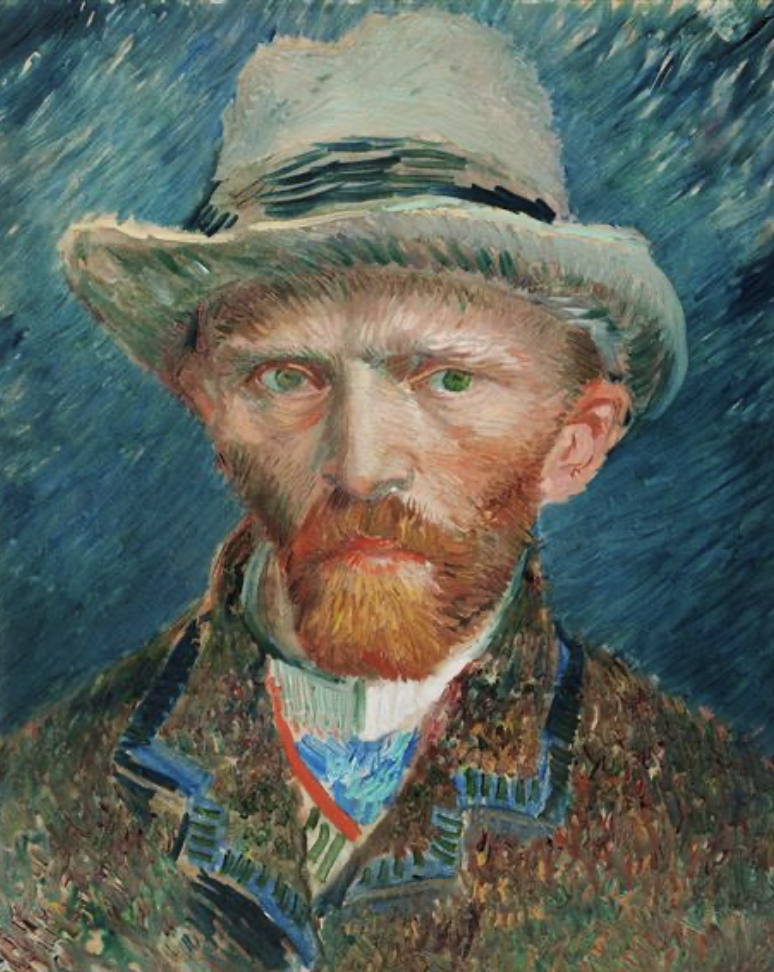
Why do artists paint self-portraits?
Artists paint self-portraits for a variety of reasons. For some, it’s a way to experiment with different techniques or styles, to push their skills to the limit and try out new things. For others, it’s a way to explore their own identity, to capture their own unique features, and to express their innermost thoughts and feelings through their art.
Self-portraits can also serve as a form of self-promotion, allowing artists to showcase their work and establish their personal brand. They can also be a way to leave a lasting impression on the world, to create a visual legacy that will be remembered long after the artist is gone.
Self-portraits are a powerful and personal form of art that allow artists to explore themselves and their world in new and exciting ways. By putting themselves front and center in their own work, artists can create a powerful connection with their audience, and share their unique perspectives with the world.
What is the purpose of commissioning portraits?
Commissioning a portrait can help to create a visual representation of a person or group of people. Portraits are often commissioned to commemorate a special occasion or to honor an individual or group, such as a family member, a political leader, a friend, or a celebrity.
Some of the most popular reasons people commission art from self portrait painters are to either honour or preserve the memory of someone who passed. To celebrate a milestone or honour an achievement. To promote a brand or image using a company figure or celebrity ambassador, etc.
5 of the Most Famous Self Portrait Painters of All Time

1. Frida Kahlo
Frida Kahlo was a Mexican artist known for her distinctive and powerful self-portraits. Kahlo was born in 1907 and her self-portraits often depicted her own image, often with vivid colors, bold symbolism, and deeply personal themes. Her paintings were a way for her to explore her own identity, to express her pain and suffering, and to convey her experiences as a woman in a patriarchal society.
She suffered from a number of physical and emotional ailments throughout her life, including polio and a serious bus accident that left her with lifelong injuries and chronic pain. Many of her works depict her physical disabilities, including the corsets and braces she wore to support her damaged spine. She also often included references to Mexican folklore and mythology, as well as political and social commentary on issues such as class, gender, and colonialism.

2. Vincent Van Gogh
Vincent van Gogh, the Dutch post-impressionist self portrait painter, is famous for creating an extraordinary number of self-portraits throughout his career. In fact, it is estimated that he produced over 40 self-portraits in total, ranging from pencil sketches to oil paintings.
One of Van Gogh’s most famous self-portraits is his Self-Portrait with Bandaged Ear, which he painted shortly after cutting off a portion of his ear following an argument with fellow artist Paul Gauguin. The painting shows Van Gogh with a bandage wrapped around his head and a somber expression, conveying his mental and emotional turmoil.
Today, Van Gogh’s self-portraits are recognised as some of the most iconic and powerful works in the history of art, and his legacy as a visionary painter continues to inspire and captivate audiences around the world.

3. Pablo Picasso
Pablo Picasso was a Spanish artist who was one of the most influential figures in 20th-century art.
One of Picasso’s most famous self-portraits is his 1901 painting, “Yo – Picasso,” which shows him at the age of 19 with a somber expression and a flat cap on his head. The painting is notable for its use of bright colors and its expressive brushwork, which foreshadowed Picasso’s later work as a pioneer of the cubist movement.
Picasso’s self-portraits often show him in different personas, reflecting his interest in exploring the possibilities of identity and self-representation. For example, his 1907 painting, “Self-Portrait with a Palette,” shows him dressed in a suit and tie, holding a palette and brush as if to suggest that he is at work in his studio.
4. Salvador Dalí
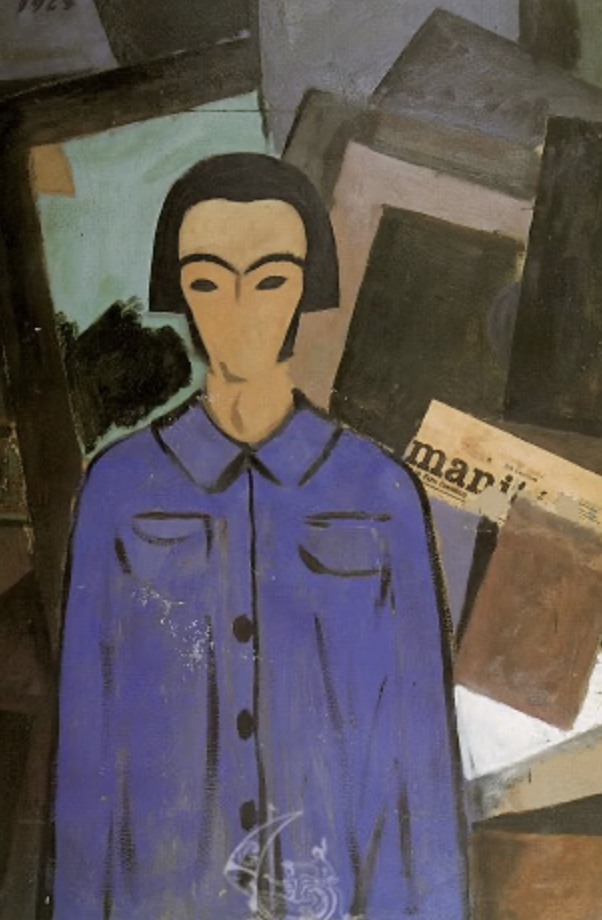
Salvador Dalí was a highly self-aware and introspective artist who had a deep interest in psychology and the workings of the human mind. He believed that self-portraiture was a means of exploring and expressing his innermost thoughts, emotions, and experiences.
One of Dalí’s most famous self-portraits is his 1921 painting, “Self-Portrait with ‘L’ Humanité’,” which shows him standing on a rocky outcropping overlooking a vast landscape. In the painting, Dalí is depicted with his back to the viewer, wearing a suit and holding a cane.
Salvador Dalí was deeply interested in psychoanalysis and Freudian theories. Through self-portraiture, he could explore his own psyche and express his dreams, fears, desires, and anxieties. His self-portraits often featured distorted or fragmented elements, reflecting his fascination with the irrational and the unconscious mind.
5. Rembrandt
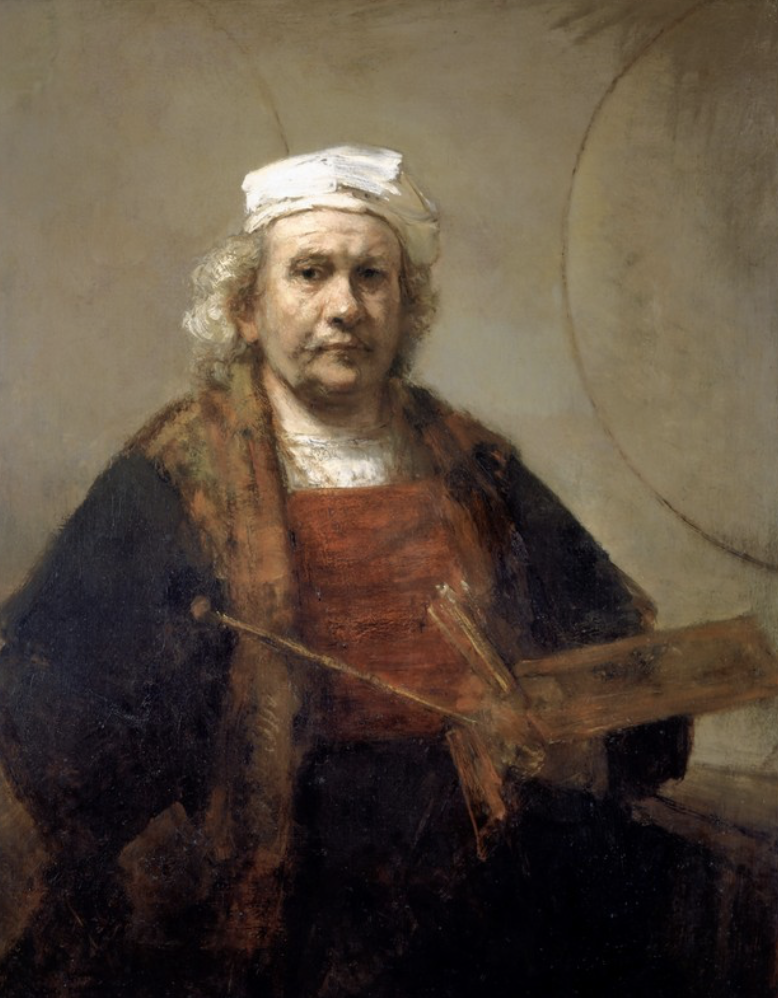
Rembrandt’s self-portraits are characterised by their intense and dramatic lighting, bold brushstrokes, and deep psychological insight. He depicted himself in a variety of poses and costumes, from elegant gentleman to a working artist in his studio.
One of Rembrandt’s most famous self-portraits is his 1659 painting, “Self-Portrait with Two Circles,” which shows the artist in a contemplative pose, holding a palette and brushes. The painting is notable for its striking use of light and shadow, which creates a dramatic sense of depth and dimensionality.
His legacy as one of the greatest self portrait painters of the Dutch Golden Age is further solidified by his profound understanding of the human psyche and his ability to convey it through his self-portraits.
Check out top-rated local artists near you!
Are you an artist ? Sign Up










